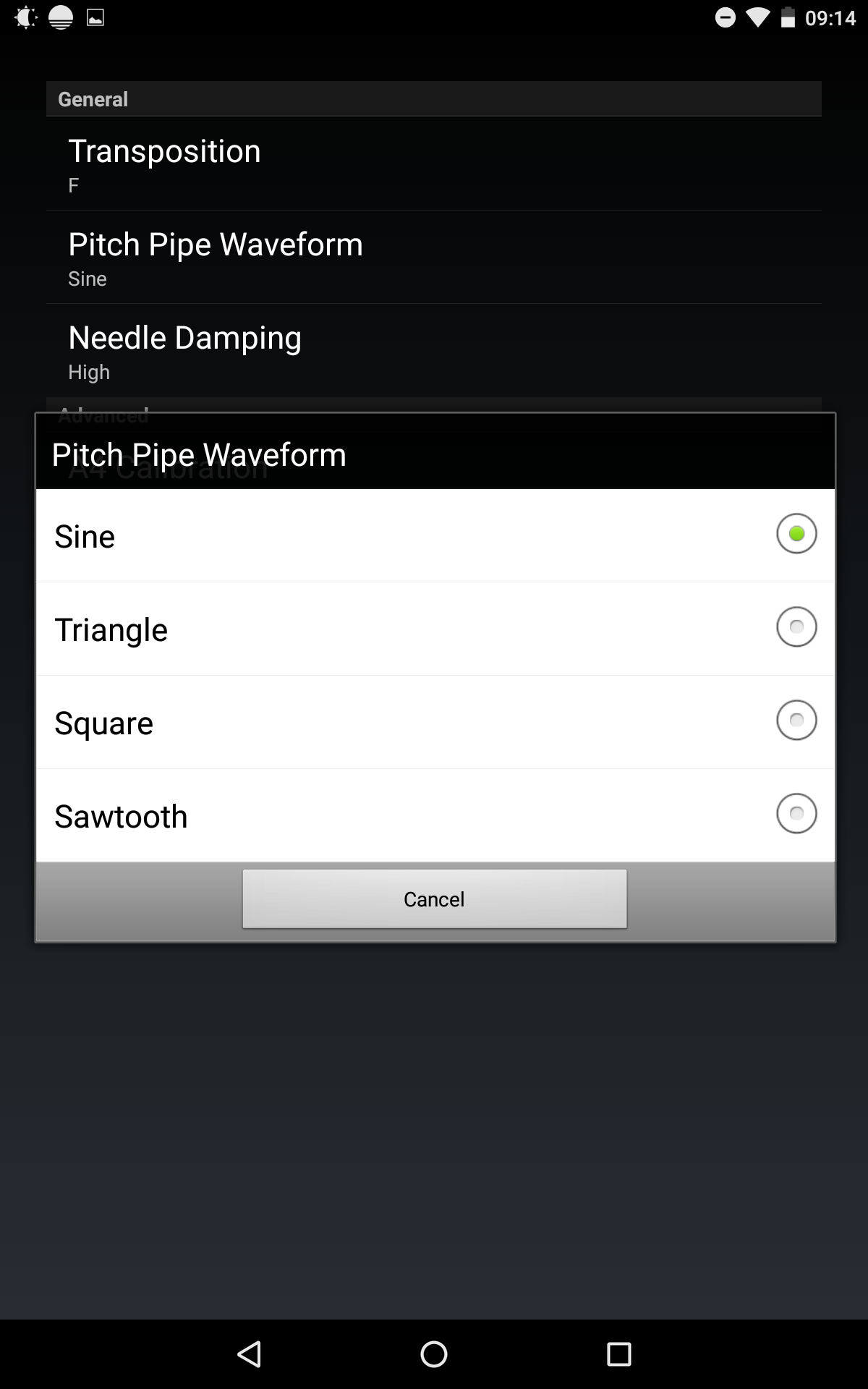
Say goodbye to “musical typing.” Now you can just play the virtual keyboard, drums, bass, and guitar to record your parts.
Cleartune app ios software#
What iOS GB does best is integrate the software instruments and programming abilities of GarageBand with the touch screen interface. You can, however, export the files to OSX GarageBand and do further editing there. The lack of an EQ section is the biggest drawback I’ve found since most low-budget recording doesn’t provide the best sound source.

You are limited to a max of 8 simultaneous tracks and any space you need beyond that has to be achieved by merging two or more tracks together.Įditing is limited in the iOS version of GarageBand – all you can do is control volume and pan, along with delay and reverb levels. With iOS GB you can only record one track at a time with either the plain audio recorder or the guitar amp models. The only difference is the simplified layout and lack of certain features. Obviously the long-establish heavy hitter in this roundup, GarageBand for the iPad is similar to what you would find on any Mac. That’s fantastic, but you can also slow down or speed up the tune to figure out tricky parts! This is incredibly useful when hopping from standard to baritone tuning and trying to find that sweet spot for your vocal range that’s in a useful key.Īnytune also has a huge host of features that I haven’t figured out ranging from EQ to cue and repeat features to track gain and pan. You can transpose any song in your music library up or down in half-steps as much as an octave in either direction. Learning a song and finding a key that suits your voice (or ukulele) is usually a two-step process, but with Anytune it’s easy to dial a recording up in any key and hack your way through it. Any app developer worth their salt is coding for both Apple and Android. Now that there is some great competition on the market, you might want to take a look into other devices. This entry was posted in Uncategorized and tagged Cleartune, David, Dolata, Lute, Meantone, Pitch Lab, Temperament, Viol on Jby dolatad.I don’t love the proprietary Apple model of controlling how you use your devices through requiring updates for compatibility or discontinuing certain features (headphone jack?). Given that we may not have Cleartune around much longer, I think it behooves us all to become more familiar with PitchLab.



What’s more, creating new temperaments in PitchLab is even easier than in Cleartune. Finally, it shares one of the primary advantages that Cleartune offers-the ability to create your own temperament, which as you know is going to be more precise than the preloaded meantone temperaments that don’t tell you where the wolf is. And, though I’ve never felt comfortable with strobe tuners before, PitchLab’s version is very easy to use. PitchLab has so many modalities that makes it a versatile tuner in fact, I think I can tune more accurately with it than with Cleartune. As you know, in the book, I highly recommended Cleartune and still do, however, when I recently received the warning from Apple that Cleartune might not be available after the next system update, I started to use PitchLab more and have grown to love it. PitchLab became available on IOS and thus accessible to me just before the book’s proofs were due, which did not leave me enough time to do anything more than report that it was a powerful and versatile app particularly for string players.


 0 kommentar(er)
0 kommentar(er)
